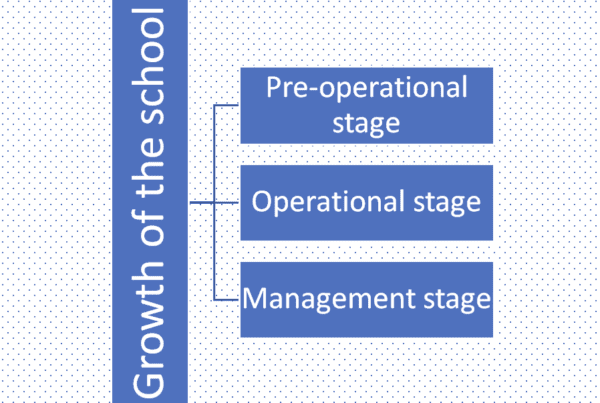There are several types of investments within the educational sector. School infrastructure investments are the most prevalent and are easily measurable. There is also investment in people that include loan programs, vocational training, teacher training. We can also recognize investment in technology and service models including software development, distance learning programs, and integrated management or back-office support to reduce costs and improve quality, with deals that can be very small and highly risky. Finally, we can also have investment to consolidate the education ecosystem aiming at building a more robust education marketplace.
The investment channel chosen by an investor depends on how much capital it seeks to deploy and how much risk it wants to take.
By investing through intermediaries, investors can deploy more capital, enabling them to take on large-scale projects or spread risk across a range of models with relatively lower transaction costs.
When private commercial funding accounts for an estimated US$500 billion, impact investing comprises about US$3 billion of that subset, representing only a tiny share of overall education funding.
The sector is still in its infancy, meaning that large international players still dominate the landscape, and most investors are taking a gradual, opportunistic approach for building their education portfolio, notably due to limited examples of success heightening perceptions of risk.
Most finance-first oriented impact investors have targeted middle to upper-middle income customers who have meaningful ability to pay for various for-profit education models, that have proven to also be commercially attractive.
Larger funds and institutional investors tend to seek investments with low transaction costs, lower perceived risk, and greater potential for returns to capital.
Invest in Education: limitations for impact investors
We must also recognize some limitations for impact investors such as a lack of innovative education models and innovative financing structures. We also have a lack of track records of successful interventions that increase the perception of risk and a constrained definition of success that is informed by traditional/commercial investing principles.
Impact investment builds up the education sector as a continuum, paralleling the maturing of a national education system:
Where government is absent, the private sector can fill a gap through direct service provision.
Where government is present with low capacity, the private sector can spur innovations that increase utilization and enhance quality to ensure retention and access to under-served populations.
Strategies for Complementing the Public Sector are transitioning gradually from grants to investments, from private funding to government funding, and/or taking an already proven business model and extending its reach to more vulnerable populations.
For many impact investors, the ultimate goal of sustainability is demonstrated not only through financial profits and successful exits for them but also through preserving capital until the community or the government has the capacity to take over the operations and funding.
Education impact investing has exciting potential to mobilize new sources of funding and develop innovative approaches to education aiming at broadening access to quality education for all.
Models that do generate financial returns are usually targeted toward the middle and high-income populations.
Instead of focusing on discrete, small deals one-by-one, funders may choose to channel their investments through innovative intermediaries who are able to deploy larger amounts of capital more efficiently; catalyze innovative tools and service providers who are enhancing quality while reducing costs; support the broader education sphere for a healthier marketplace where private and public models can co-exist in the future.

Recommendations to structure impact investment strategy:
- Quality learning first
- Strong educational outcomes
- Effective teaching
- Innovative teaching & technologies
- Accreditation
- Focus on local relevance and employability
- Professional development
- Extra-curriculum skills
- Professionalization skills
- Highly relevant skills & training
- Job market matching
- Focus on scientific subjects
- Strengthen equity in access to partnering institutions
- Financial incentives (merit scholarship, student loans, low-income populations, rural communities, marginalized youth)
- Non-financial incentives (information programs, marketing campaigns, inclusive infrastructures)
The impact of investors’ interventions should be supportive of the local education system and aligned with the government strategy. When it comes to impact strategies, there are four ways to impact education boosting innovation, strengthening the ecosystem, improving the relevance of education & professional integration of graduates, and expanding capacity.
Source:
Impact Investing: Why should we invest in education? (ehl.edu)



